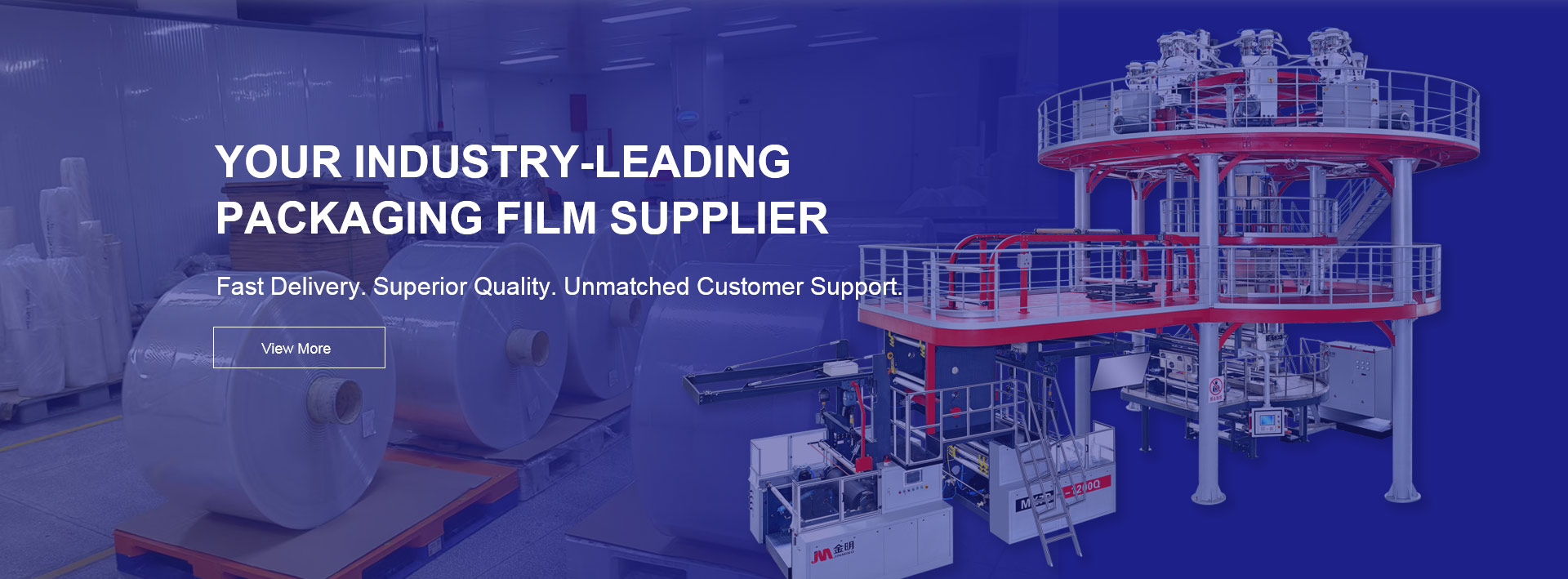
Customizing printed laminated film is an effective way for brands to enhance product visibility, improve packaging protection, and deliver a tailored unboxing experience. This type of packaging combines multiple film layers that are bonded together to create higher durability, better barrier properties, and a premium appearance. Many manufacturers and brand owners choose custom laminated film to match specific product needs, from food packaging to personal care. With professional converters such as JINBORUN, it becomes easier to achieve accurate colors, stable structures, and market-ready packaging.
The customization process begins with clarifying the purpose and functional requirements of the film. Laminated film often serves multiple roles including moisture resistance, oxygen barrier, puncture protection, and print presentation. Before production, customers typically select material combinations such as PET, PE, CPP, AL foil, or nylon, depending on the product’s shelf-life needs. Once the structure is confirmed, the artwork is prepared based on the chosen printing method. Gravure printing is widely used because it ensures consistent color density and smooth gradients on the laminated surface.
Another essential part of customization is determining the film thickness. Thicker films are often used for heavier products, while lighter items may only require 60–80 microns. Many buyers also define the roll width and winding length according to their packing machine parameters. By establishing these details early, the entire process becomes smoother and more predictable.
Different products require specific material combinations. For instance, high-aroma products may select an aluminum-based lamination for stronger barrier properties, while snacks may use PET+PE for cost-effective protection. The structure determines the stiffness, clarity, and sealability of the finished film.
Artwork preparation must match the chosen printing technology. Colors need to be converted to the correct profile, and designs should include bleed, safe margins, and registration marks. A printing cylinder layout is created to define how the images will repeat on the film roll, ensuring continuous production on high-speed machines.
The final specifications must align with the user’s filling machines. This includes roll width, film thickness, core size, and total roll length. If the customer uses vertical form-fill-seal machines, the film must have suitable tensile strength and stable unwinding behavior.
After printing, layers are laminated using solvent-based or solvent-free adhesive systems. Proper curing time is required to ensure bonding strength. Insufficient curing may lead to delamination, while proper curing enhances the film’s flexibility and resistance to bending.
Once cured, the laminated film is slit into customer-required widths. Quality checks are performed for color consistency, adhesion strength, sealing performance, and roll uniformity. Any defects in the web are identified and trimmed out before packing.
Custom laminated films can include additional features to match branding or functional needs.
| Feature | Description |
|---|---|
| Matte / gloss finish | Different textures to enhance visual appearance |
| High-barrier layers | Improved protection for sensitive products |
| Easy-tear strips | Convenient opening |
| Anti-fog coating | Keeps visibility clear in refrigerated conditions |
| Metallic effects | Premium appearance for high-end packaging |
These options allow brands to create packaging that not only protects but also reinforces visual identity.
One challenge is ensuring accurate color matching, especially when printing multiple SKUs. Maintaining consistent results requires stable material quality and precise ink control. Another challenge is selecting the correct adhesive type for the lamination process. High-temperature products often need higher bond strength, while general food packaging uses standard adhesives.
To achieve excellent results, customers should provide high-resolution artwork files and clear specifications. Sharing product details such as filling method, storage conditions, and distribution environment helps converters recommend the right structure. Working with experienced manufacturers also minimizes the risk of film curling, weak sealing, or uneven ink transfer.
Professional suppliers with advanced gravure printing equipment can deliver sharper details, smoother gradients, and more durable lamination. Companies like JINBORUN offer multi-layer material options and precise slitting capabilities, making the entire customization process more reliable. Their experience helps shorten lead times, reduce printing defects, and create packaging that performs well on automated filling lines.
Customizing printed laminated film involves selecting materials, preparing artwork, defining mechanical specifications, and ensuring strong lamination. With the right design and technical choices, brands can enhance both appearance and performance. Partnering with a trusted manufacturer such as JINBORUN ensures consistent quality, professional guidance, and packaging films that meet modern market requirements.